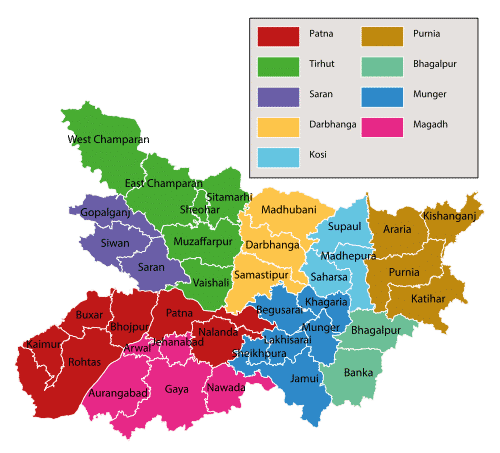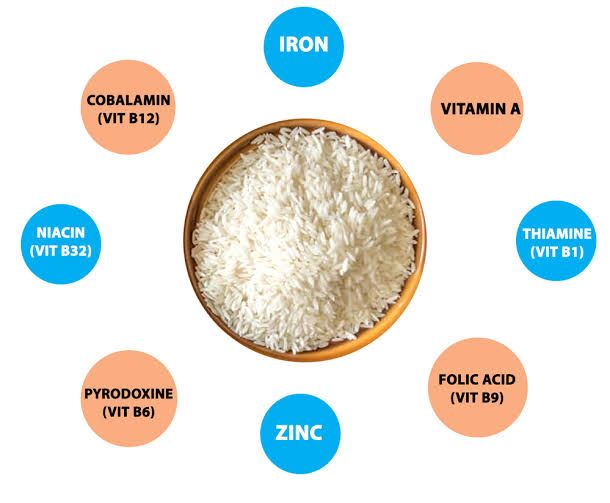Four sites in India are named as WHIS sites(World Heritage Irrigation Structure). The sites are Cumbum Tank, Kurnool-Cuddapah Canal, Porumamilla Tank (Anantharaja Sagaram) in Andhra Pradesh and 490-year-old Dhamapur Lake in Maharashtra’s Sindhudurg district.
In 2018, Pedda Cheru Tank in Kamareddy district and Sadarmat Anicut in Nirmal district, both in Telangana, were named as WHIS sites.
The International Commission on Irrigation and Drainage (ICID), a global network of irrigation, drainage, and flood management experts, annually recognises irrigation structures of international significance on the lines of World Heritage Sites recognised by the UNESCO.
So far, Japan (42) has the highest number of WHIS sites followed by China (23). India, Iran and Sri Lanka have 6 each.
Every country has a national committee and they share the information about their sites with ICID, which then passes it to an international jury. “Major criteria for WHIS entails that a structure should be more than 100 years old, should be functional, achieving food security and have archival value. Each site is evaluated based on its merits first by the state government. The proposal is then sent to the Centre and a team from CWC carries out an on-ground survey to verify details. Findings are presented before the national committee, which finally submits the proposal in the prescribed format (with Central government inputs and on-field photographs) to the international jury,” said Srivastava.
The Dhamapur Lake irrigates 237 ha land every year. There are 64 streamlets that feed it. Two outlets emerging from Kavadewadi dam and Guramwadi dam also feed water to it. The site was built in 1530 by villagers of Dhamapur and Kalse.
Size of these lakes or dams is not a criteria for WHIS as Dhamapur is much smaller than other dams that have been awarded this recognition this year or in the past but what is most astonishing is this lake is almost 500 years old. It was and continues to be a technology marvel that stood through time.
The Dhamapur Lake is one of the top 100 wetlands in India identified by the Union government for rapid restoration and improvement. It is expected to be proposed as a Ramsar site (wetland of international significance) by the Maharashtra government. There are 193 floral and 247 faunal species in this wetland.
Also refer :








